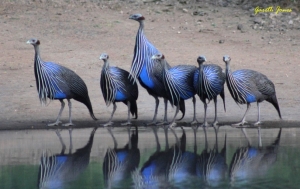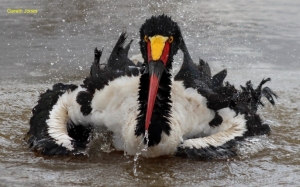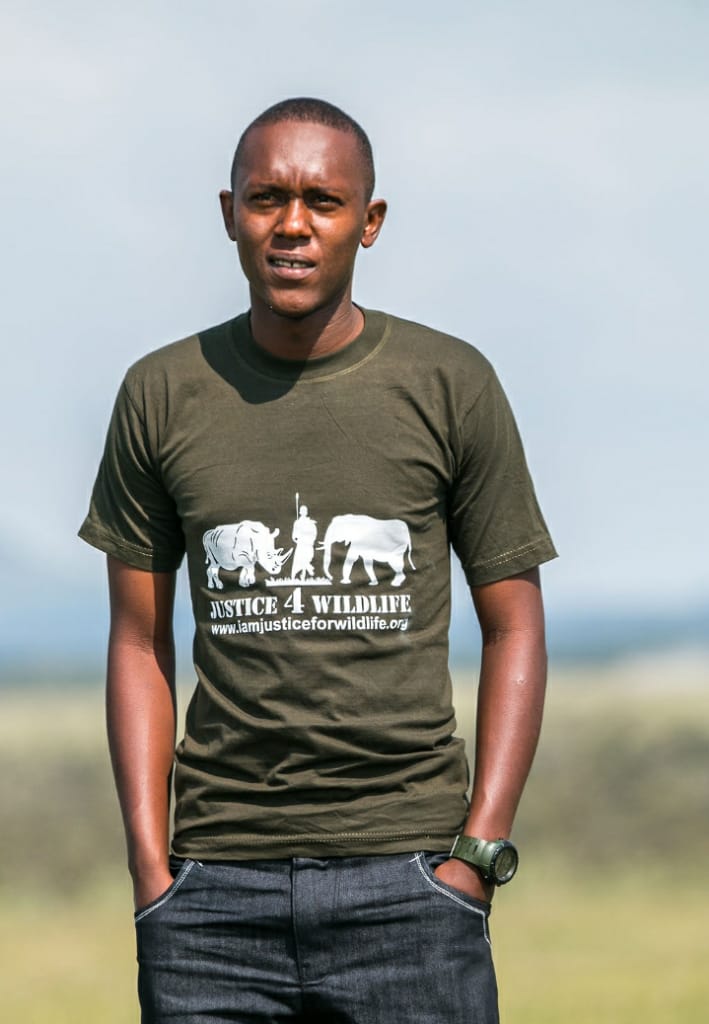I do not pretend to know everything about taking good wildlife photos, but over a period of half a century hopefully, some hard lessons have been learned. Basically, it was my father who started me on photography in the mid-1960s in South Africa. He gave me an old camera with no film in it and step by step taught me some basics. Of course, it also did help that our family spent many holidays and weekends in National Parks and wildlife areas, this practice taught me “bush tactics” as I began to have a deeper understanding of African wildlife, including understanding animal habits and having the patience to wait for special moments. We have been in East Africa for nearly 18 years and during this period have been privileged to visit many national parks and reserves in Kenya & Uganda. East Africa is incredibly blessed with a wonderful range of wildlife and beautiful natural scenery. As I work in Nairobi for many years I used to drive through the Nairobi National Park mostly twice daily on my route to avoid serious traffic delays and hopefully maintain my sanity. This was before the southern bypass was built, so the effect of over 4500 early morning and late afternoon game drives in the Nairobi National Park gave me the opportunity to witness many very special moments. The privilege of being able to take photos of many incredible species and events has enabled me to integrate photos with the articles that I write.
Here are some factors that help me take better “clicks and pics”…
1) Know your camera equipment- even small “point and shoot” cameras can get good results if used correctly. Some people buy the best and expect instant excellence.
2) Practice makes perfect- it’s OK to make mistakes, but note how to improve.
3) Hold still- if possible avoid “camera shake”, a “bean bag” to rest the camera does help.
4) Sometimes the first and last hours of the day are “golden hours”- when the soft sunlight is just right for great photos.
5) Don’t over zoom- try to get the full subject into the frame. If moving use the “sports function” and follow with the camera as you click.
6) Try to get out of “City mode” and relax into “Bush mode”.
7) Pray for God to show you the glory of creation.
8) Drive slowly- less than 30 km/h is advised.
9) Don’t just look at grass and trees- look through grass and trees.
10) Watch the reactions of different herbivores and birds- I have often seen lions in this way.
11) Having an attitude of “birdwatching” and showing an interest in the smaller creatures is very rewarding.
12) Don’t drive too far- stop often and wait.
13) Stop often and scan the area with binoculars.
14) Go with the attitude of “let nature come to me”- rather than trying to “catch a bit of nature”.
15) Be ready- you never know when that special moment could happen. Always have your camera ready.
Imagine for a moment, what If a 100 people were each given the same camera for just one day and asked to take photos of any wildlife theme or subject, and then submit their top-five selection. I believe that the results would be very interesting, as people, we are all very different in our interests. It has been said that photography is art for those who cannot paint. So, therefore, it is very good if a photographer can actually capture the “mood of a moment” so that when others see the photos they will also sense some of that particular moment.
In recent years I have observed many budding young wildlife photographers who have started to take great photos. It is my sincere hope and prayer that many more people will start to enjoy wildlife enough so that they will also want to capture special sighting moments. In a world where wildlife habitats are threatened, taking photos helps to communicate to people how important it is to conserve our precious wildlife. It has been said that “a picture is worth more than a thousand words”. God has created so much for us to see and observe.
Remember, simply speaking “it is the clicks that become the pics ”. Have fun out there!
About the author
Chairman of the Board Finance and Administration Committee Friends of Nairobi National Park Gareth has been involved in wildlife conservation for over 50 years. He was an honorary ranger (warden) for the South African National Parks from 1989 to 2001. Gareth has been involved in East African wildlife conservation since 2002, focusing mostly on the Nairobi National Park. He writes various weekly media articles with photos to promote the park.
All images courtesy of Gareth Jones











“For most of history, man has had to fight nature to survive. In this century he has to realize that in order to survive he has to protect it.” Jacques-Yves Cousteau Here we celebrate the unsung wildlife heroes in the grassroots doing remarkable work to conserve our wildlife heritage, Get to learn about wildlife from a ranger/ ecologist in Kenya a freelance eco-traveler, experience the diverse cultures and African heritage from the natives and take an adventure to new destinations to learn about rare attractions that are hardly talked about and to top it all up some of the best wildlife photographs that will make you reconnect to your wild side appreciate everything around us and fall in love with the natural world, because “It is not enough to love the natural world; the point is to defend and preserve it.” Edward Abbey
Our wildlife, our responsibility. When it comes to standing up for our wildlife it’s better to be outspoken than unspoken.

 @Gareth Jones
@Gareth Jones